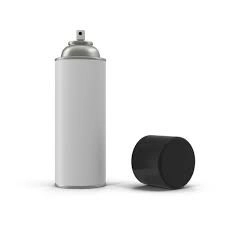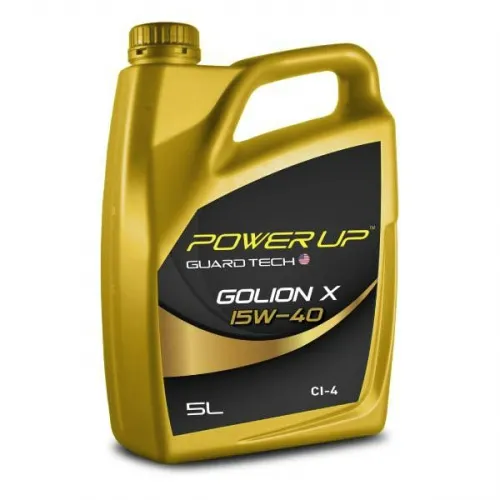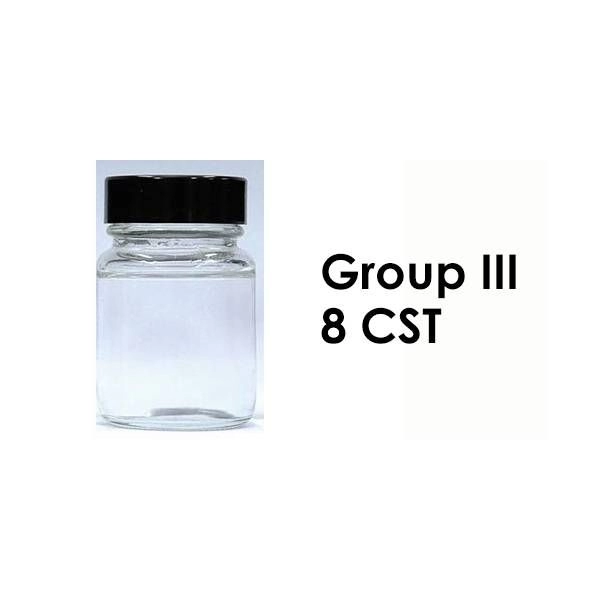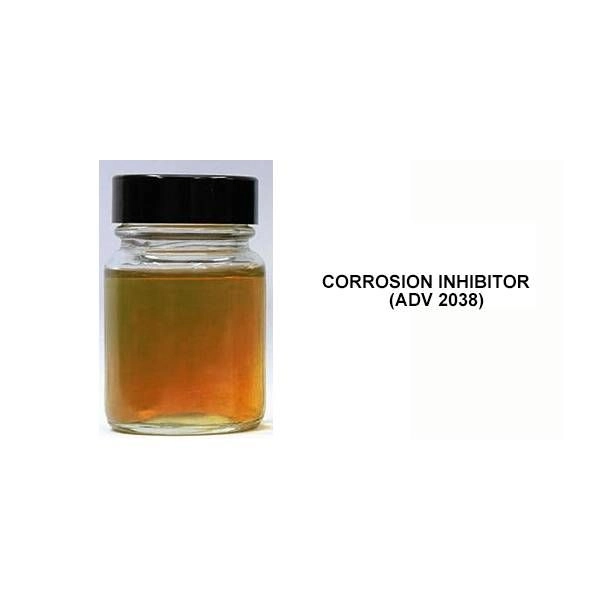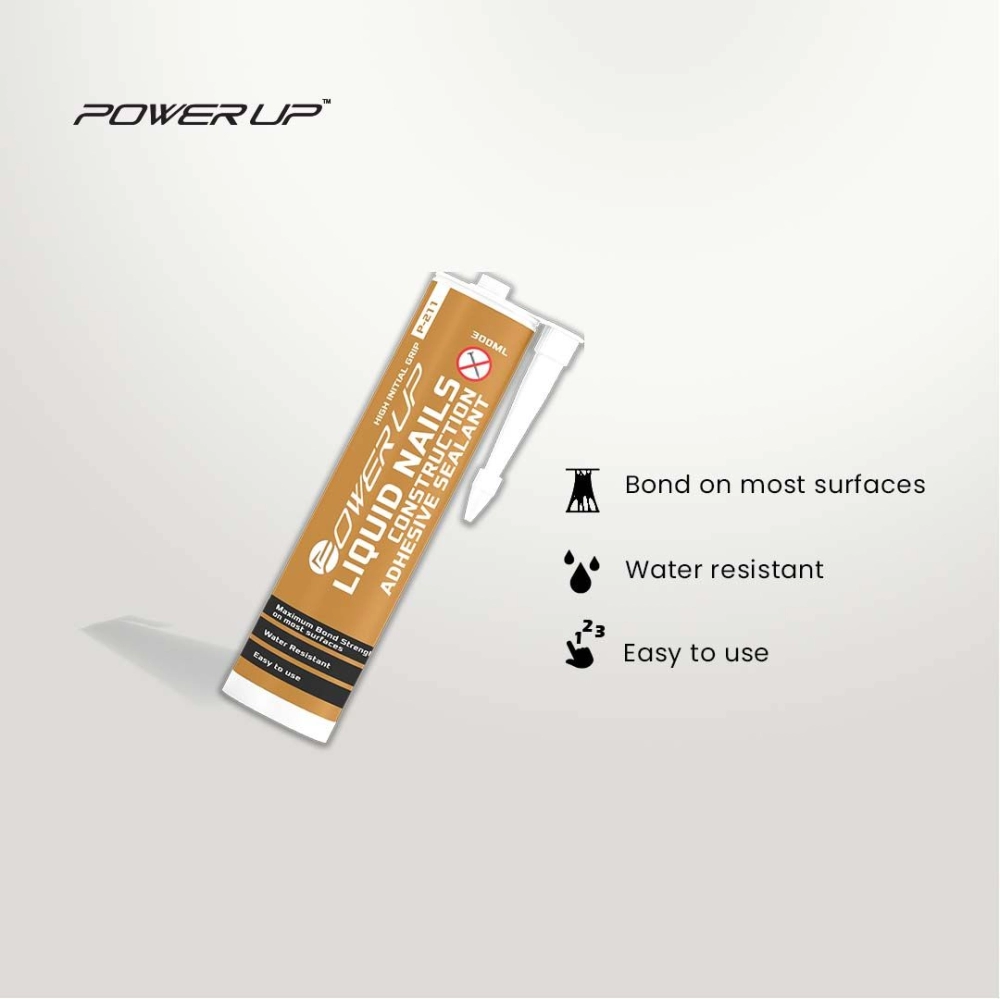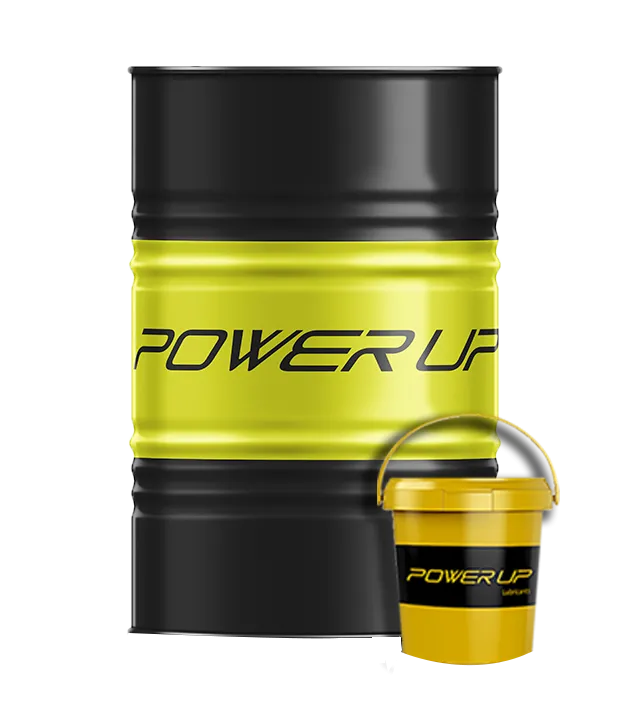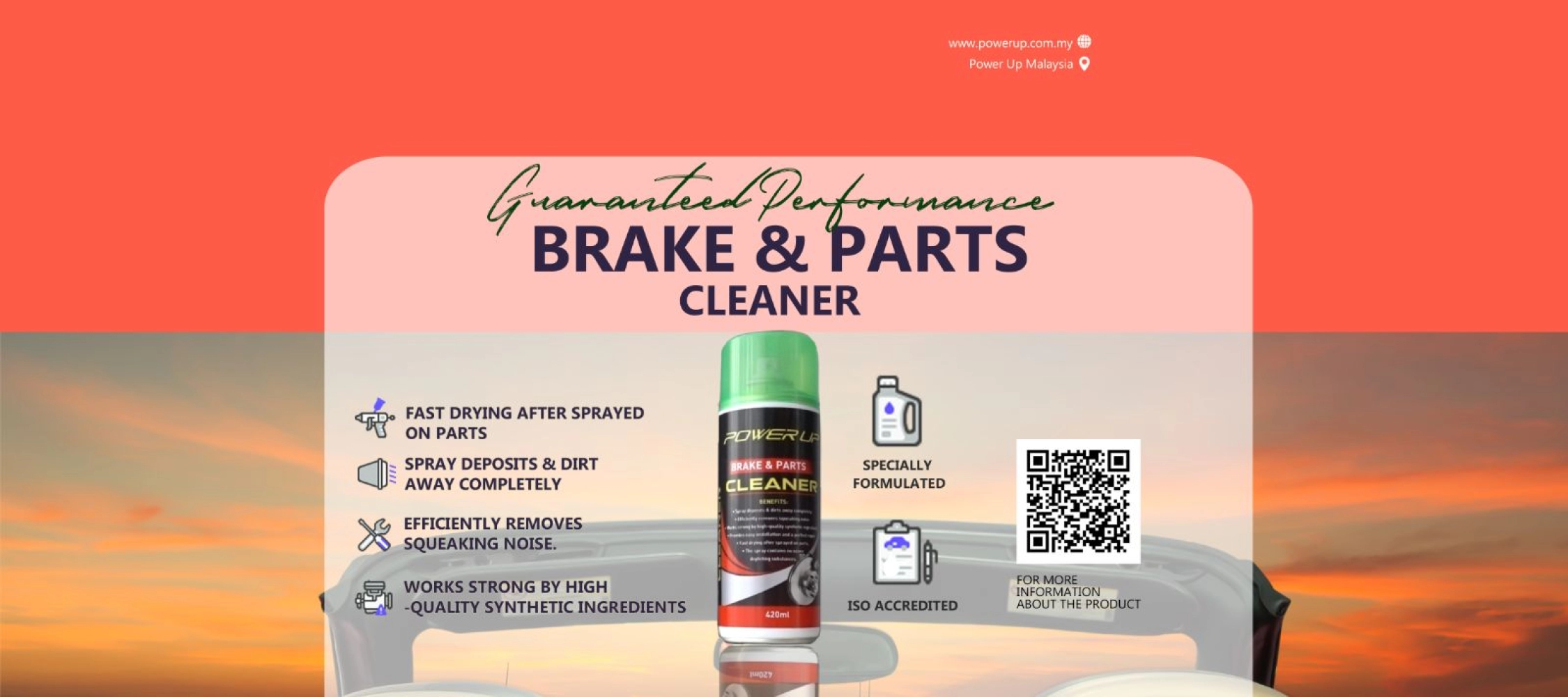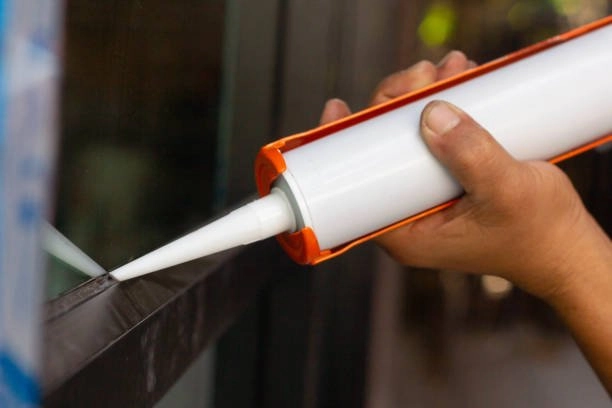How To Pick The Right Motor Oil For Your Car
Choosing the correct motoroil for your car might seem daunting but the best way to start is by checking out the starburst symbol that indicates the oil has been tested and meets the standards of the American Petroleum Institute (API). In addition, there's a 2-character service designation on the container. API's latest service standard is "SL." SL refers to a group of laboratory and engine tests, including the latest series for control of high-temperature deposits. Your third task is to pick the viscosity (thickness) that's suitable for the temperatures your vehicle normally operates in (check your owners manual), and you're done. Well, not quite. There's a whole lot more to the story than that.

UNDERSTAND THE LABELS
These are the labels you'll find on every container of reptable motoroil. The API donut on the right tells you if the oil meets the current SL service rating (C for diesel engines). It also provides the SAE (Society of Automotive Engineers) viscosity number and tells you if the oil has passed the Energy Conserving test. The starburst symbol on the left indicates that the oil has passed the tests listed for SL service.
Is oil really the lifeblood of an engine? That's a long-popular analogy, but it's really not an accurate description. Blood carries nutrients to cells, but it's air that carries fuel—the "nutrition"—for an engine. However, without oil to lubricate and cool moving parts, keep them clean and help to seal the pistons in the cylinders, the engine would run for only a matter of seconds, then sieze. So, yes, oil is important.
Oil is so important that we want no less than the best the engine can get—for a good low price, of course. Now, what if you could custom-blend the oil so it had exactly the characteristics you believe that your vehicle needs for the type of driving you do?
Sounds pretty neat, and we were given the opportunity to do just that at the lab in Lexington, Ky. When we were finished, we had an oil we thought would be just right for upcoming summer weather in short-trip driving around the New York City area.
That was our one shot at playing lubricant scientist, but the experience produced only enough oil for a top-up. So at the next oil change, we'll have to pick from an off-the-shelf assortment--like everyone else. But we think we'll do a better job of selection now, thanks to a short course in engine oil blending from Valvoline Technical Director Thomas Smith. Here's what we learned.
VISCOSITY
Viscosity (a fluid's resistance to flow) is rated at 0° F (represented by the number preceding the "W" [for Winter]) and at 212° F (represented by the second number in the viscosity designation). So 10W-30 oil has less viscosity when cold and hot than does 20W-50. Motor oil thins as it heats and thickens as it cools. So, with the right additives to help it resist thinning too much, an oil can be rated for one viscosity when cold, another when hot. The more resistant it is to thinning, the higher the second number (10W-40 versus 10W-30, for example) and that's good. Within reason, thicker oil generally seals better and maintains a better film of lubrication between moving parts.
At the low-temperature end, oil has to be resistant to thickening so that it flows more easily to all the moving parts in your engine. Also, if the oil is too thick the engine requires more energy to turn the crankshaft, which is partly submerged in a bath of oil. Excessive thickness can make it harder to start the engine, which reduces fuel economy. A 5W oil is typically what's recommended for winter use. However, synthetic oils can be formulated to flow even more easily when cold, so they are able to pass tests that meet the 0W rating.
Once the engine is running, the oil heats up. The second number in the viscosity rating--the "40" in 10W-40, for example--tells you that the oil will stay thicker at high temperatures than one with a lower second number--the "30" in 10W-30, for example. What's really important is that you use the oil viscosity your car's owner's manual recommends.
Premium Conventional Oil: This is the standard new-car oil. All leading brands have one for service level SL, available in several viscosities. The carmakers usually specify a 5W-20 or 5W-30 oil, particularly for lower temperatures, with a 10W-30 oil as optional, particularly for higher ambient temperatures. These three ratings cover just about every light-duty vehicle on the road. Even more important, though, is changing the oil and filter regularly. A 4000 miles/4 months interval is good practice. The absolute minimum is twice a year. If your car has an electronic oil-change indicator on the instrument cluster, don't exceed its warning.
Full Synthetic Oil: The oils made for high-tech engines, whether in a Chevy Corvette or Mercedes-Benz, are full synthetics. If these oils pass stringent special tests (indicated by their labeling), it means they have superior, longer-lasting performance in all the critical areas, from viscosity index to protection against deposits. They flow better at low temperatures and maintain peak lubricity at high temperatures. So why shouldn't everyone use them? Answer: These oils are expensive and not every engine needs them. In fact, there may be some features that your car's engine needs that the synthetics don't have. Again, follow your owner's manual.
Synthetic Blend Oil: These have a dose of synthetic oil mixed with organic oil, and overall are formulated to provide protection for somewhat heavier loads and high temperatures. This generally means they're less volatile, so they evaporate far less, which reduces oil loss (and increases fuel economy). They're popular with drivers of pickups/SUVs who want the high-load protection. And they're a lot less expensive than full synthetics, maybe just pennies more than a premium conventional oil.
Higher Mileage Oil: Today's vehicles last longer, and if you like the idea of paying off the car and running the mileage well into six figures, you have another oil choice, those formulated for higher-mileage vehicles. Almost two-thirds of the vehicles on the road have more than 75,000 miles on the odometer. So the oil refiners have identified this as an area of customer interest, and have new oils they're recommending for these vehicles.
When your car or light truck/SUV is somewhat older and has considerably more mileage, you may notice a few oil stains on the garage floor. It's about this time that you need to add a quart more often than when the vehicle was new. Crankshaft seals may have hardened and lost their flexibility, so they leak (particularly at low temperatures) and may crack. The higher-mileage oils are formulated with seal conditioners that flow into the pores of the seals to restore their shape and increase their flexibility. In most cases, rubber seals are designed to swell just enough to stop leaks. But the oil refiners pick their "reswelling" ingredients carefully. Valvoline showed us the performance data of one good seal conditioner that swelled most seal materials, but actually reduced swelling of one type that tended to swell excessively from the ingredients found in some other engine oils.
You also may have noticed some loss of performance and engine smoothness as a result of engine wear on your higher-mileage vehicle. These higher-mileage oils also have somewhat higher viscosities. (Even if the numbers on the container don't indicate it, there's a fairly wide range for each viscosity rating and the higher-mileage oils sit at the top of each range.) They also may have more viscosity-index improvers in them. The result? They seal piston-to-cylinder clearances better, and won't squeeze out as readily from the larger engine bearing clearances. They also may have a higher dose of antiwear additives to try to slow the wear process.

